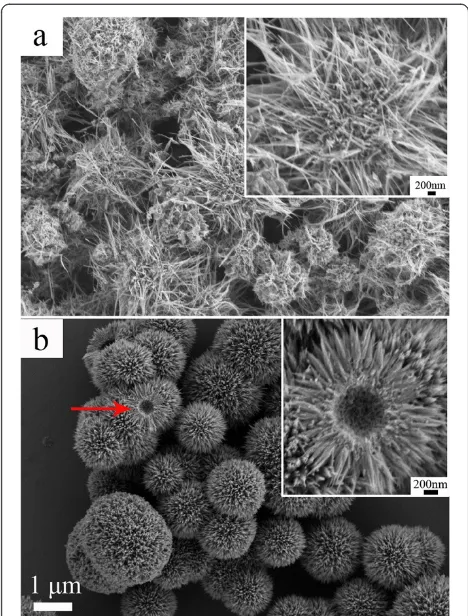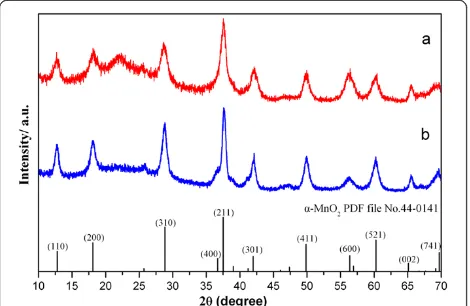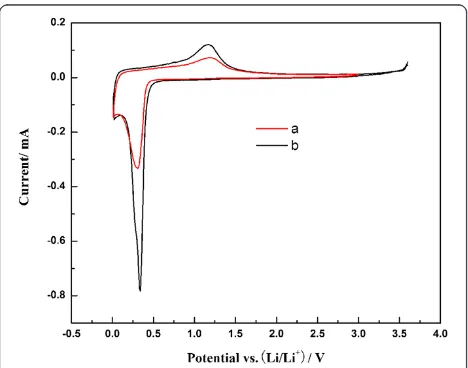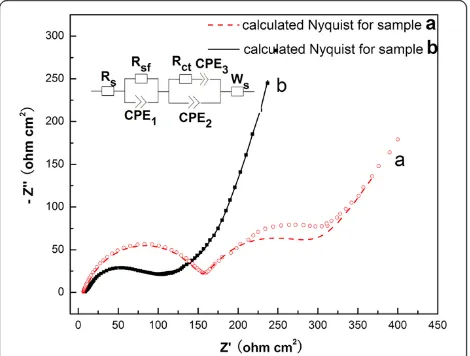MnO2 prepared by hydrothermal method and electrochemical performance as anode for lithium ion battery
Full text
Figure




Related documents
If these uncertainties are fixed by fuzzy reasoning methods, the deep neural network model will produce more accurate results and similarly more accurate
Lin et al Earth, Planets and Space 2014, 66 48 http //www earth planets space com/content/66/1/48 LETTER Open Access Thermal conductivities, thermal diffusivities, and volumetric
When the concentration of sodium hypophosphite in the bath was controlled to 25-30 g·dm 3 , the compact Ni-P coatings with strong adhesion and good
[14-23] As a simple method for fabricating nanomaterials at room temperature, one-step solid-state reaction has attracted considerable interest because complex
Construction industry has been one of the leading fields among many others in the world. Structural engineering has a major role in the construction field which every day becoming
2) Hybrid Filtering: Hybrid filtering technique for segmenting retinal vessels is generally used as a preprocessing step in various areas like vessel segmentation/visualization,
The typical architecture of CAD system includes selection of training samples; Image preprocessing, segmentation and feature extraction is the standard approach
Following acquisition of self-administration, rats were allowed to self-administer unsweetened alcohol (10%; w/v) for 4 weeks and were then assigned to two groups matched by levels